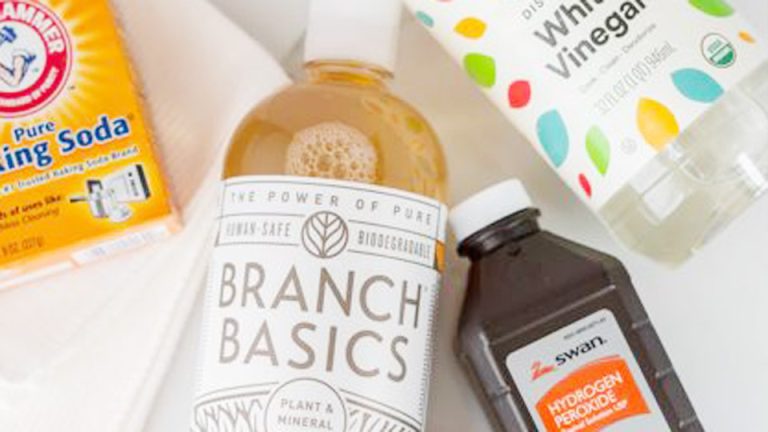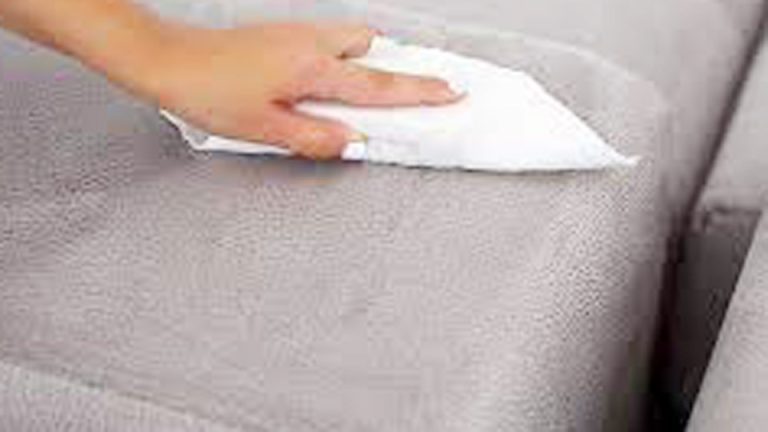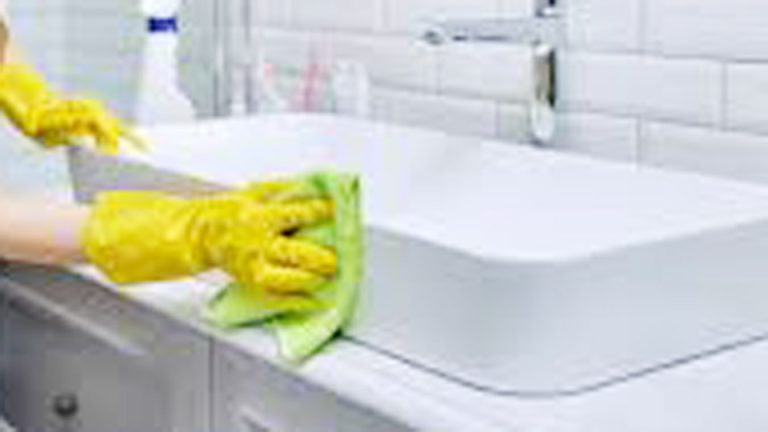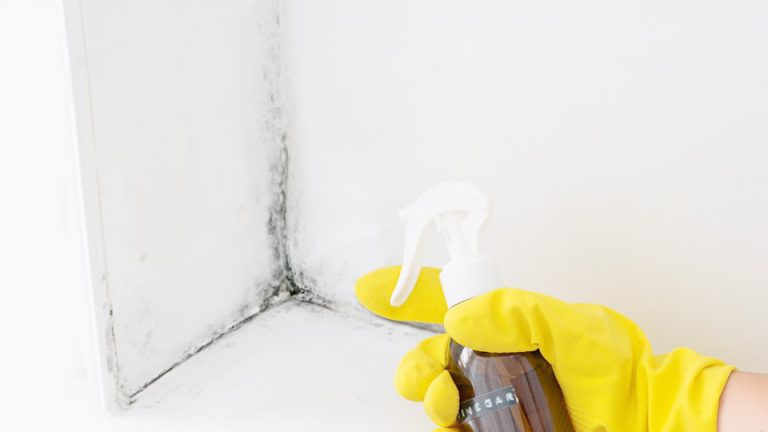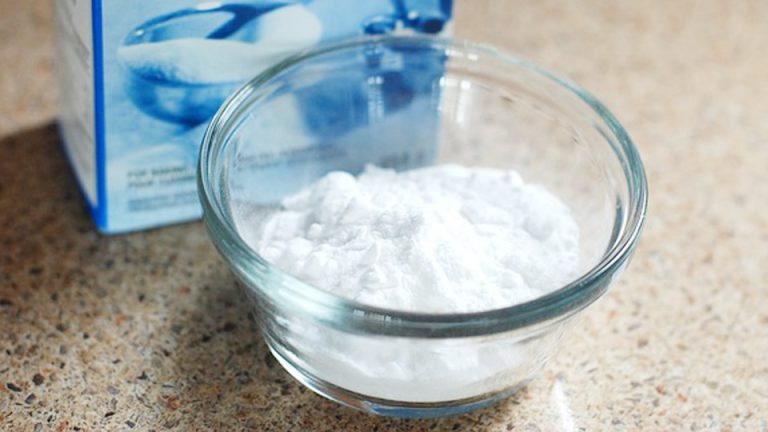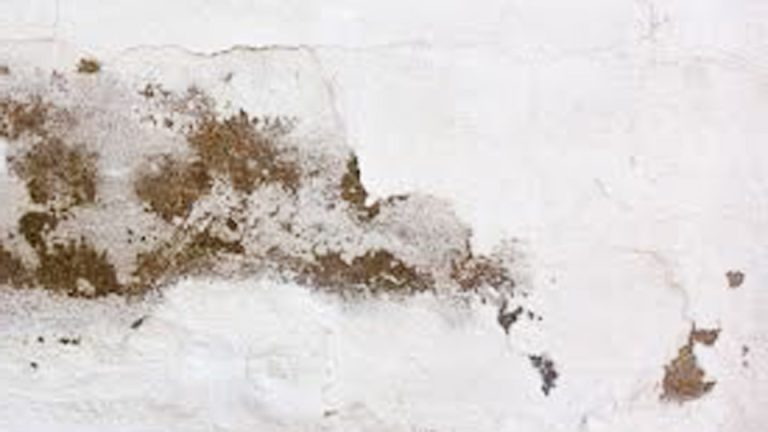I’ve tackled all sorts of messes, but mold on wood surfaces always feels like a daunting challenge. When I first spotted black spots on my wooden bathroom cabinet, I panicked, wondering, can I leave vinegar on mold overnight on wood? I turned to vinegar, my go-to natural cleaner, and learned through trial and error how to use it safely and effectively to remove mold from wood. That cabinet is now mold-free and looks as good as new!
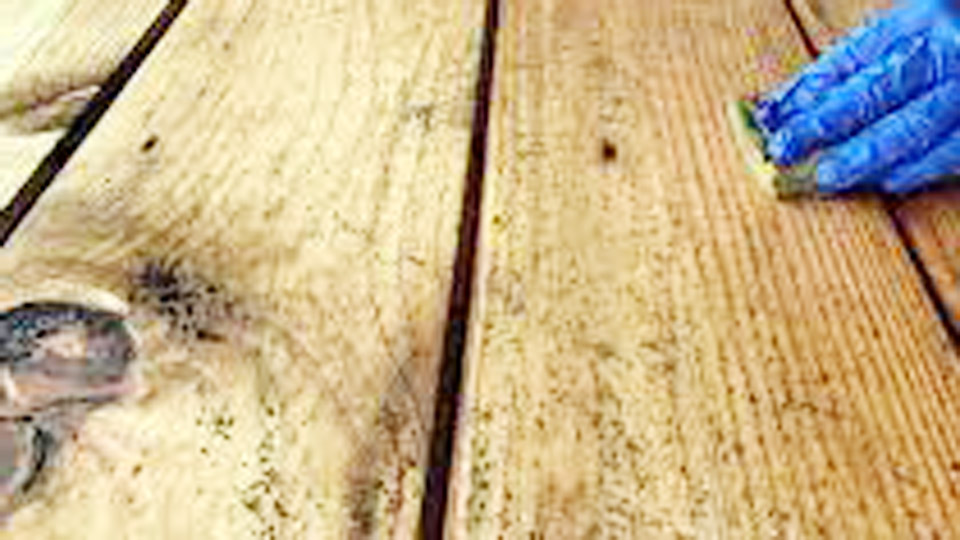
Image by mold-pros
I’ll share my personal experiences, step-by-step methods, and practical tips to help you tackle mold on wood surfaces, whether you’re a busy mom or a working professional. My goal is to make your home clean, safe, and mold-free with simple, budget-friendly solutions.
Why Vinegar Is My Mold-Fighting Ally
I’ve always loved vinegar for cleaning because it’s affordable, eco-friendly, and incredibly versatile. Its acetic acid content—usually around 5% in household white vinegar—makes it a powerful tool for killing mold spores and cutting through grime. I discovered its mold-fighting powers when I used it to clean a musty wooden bookshelf in my basement.
Vinegar is safe for most wood surfaces when used correctly, but leaving it on overnight requires caution to avoid damage. I’ll explain how I use it safely and whether leaving it on mold overnight is a good idea, based on my own successes and mistakes.
Mold on Wood Surfaces
Before we jump into cleaning, let’s talk about mold and wood. Mold thrives in damp, humid areas, and wood is a perfect breeding ground because it’s porous and can hold moisture. I’ve found mold on everything from wooden furniture to window sills in my home, especially in humid seasons. Mold can cause health issues like allergies and damage wood if left unchecked.
I learned this when I ignored a small mold patch on a wooden chair, and it spread, dulling the finish. The key is to act quickly and use the right method to remove mold without harming the wood’s surface or finish.
Can I Leave Vinegar on Mold Overnight on Wood?
When I first tackled mold on my bathroom cabinet, I wondered if leaving vinegar on overnight would give it more time to kill the mold. Here’s what I learned: vinegar is effective at killing surface mold, but leaving it on wood overnight can be risky.
Wood is sensitive to moisture, and prolonged exposure to vinegar’s acidity can damage finishes, cause warping, or leave a sticky residue. I once left vinegar on a wooden table too long, and the finish looked cloudy afterward. I’ve found that short, targeted applications work best, followed by thorough drying.
Gathering Your Mold-Cleaning Supplies
To tackle mold on wood with vinegar, you’ll need a few simple tools. I keep these in my cleaning caddy for quick access when I spot mold or other messes. Here’s what I use:
- White vinegar: Kills mold and deodorizes.
- Warm water: Dilutes vinegar to protect wood.
- Spray bottle: For applying vinegar solution evenly.
- Soft-bristle brush: For gentle scrubbing.
- Microfiber cloths: For wiping and drying.
- Baking soda (optional): For tough stains or odors.
- Dish soap (optional): For greasy mold patches.
- Dry towels: To absorb excess moisture.
- Fan or hairdryer (optional): To speed up drying.
- Protective gloves and mask: To avoid mold spores and vinegar fumes.
These items are budget-friendly and likely already in your home, making mold removal easy and affordable.
Step-by-Step Guide to Cleaning Mold on Wood with Vinegar
This method works for most wood surfaces, like furniture, cabinets, or floors, and tackles surface mold effectively. I used it to clean mold from my bathroom cabinet after a humid summer. Here’s how I do it:
Inspect and Ventilate
I start by inspecting the mold to ensure it’s surface-level, not deep in the wood. Deep mold may need professional help, but surface mold is manageable. I open windows or turn on a fan to ventilate the area, as mold spores can irritate lungs. I wear gloves and a mask for safety, especially after feeling sneezy while cleaning mold without one.
Vacuum Loose Mold
I use a vacuum with a HEPA filter to remove loose mold spores and dust from the wood surface. I go over the area gently to avoid spreading spores. This step is like vacuuming my carpets before cleaning to get rid of loose dirt.
Mix a Vinegar Solution
In a spray bottle, I mix 1 cup white vinegar with 1 cup warm water to dilute the acidity and protect the wood. For greasy mold patches, I add a drop of dish soap. I shake gently to combine. I avoid undiluted vinegar, as it can harm wood finishes, like when I accidentally dulled a table’s varnish.
Apply the Solution
I spritz the vinegar solution lightly onto the moldy area, covering the spots without soaking the wood. I work in small sections to control moisture. For delicate finishes, I dip a microfiber cloth in the solution and dab gently. This method removed black mold spots from my cabinet without damaging the finish.
Let It Sit Briefly
I let the vinegar sit for 5-10 minutes to kill mold spores. I avoid leaving it on longer, as extended moisture can warp wood or dull finishes. Ten minutes is enough for vinegar to work its magic, like when I cleaned mold from a window sill in minutes.
Scrub Gently
Using a soft-bristle brush or microfiber cloth, I scrub the moldy area in circular motions to lift the mold. For stubborn spots, I reapply the solution and scrub again. I once tackled a tough mold patch on a chair this way, and it came clean without scratching the wood.
Wipe and Rinse
I wipe the area with a damp microfiber cloth to remove mold residue and vinegar. I rinse the cloth often to avoid spreading mold. For extra cleaning power, I sometimes sprinkle a pinch of baking soda on tough spots before wiping, but I rinse thoroughly to avoid residue.
Dry Thoroughly
I dry the wood with a clean towel to remove all moisture, then use a fan or hairdryer on a cool setting to ensure it’s completely dry. This prevents mold regrowth, which I learned after leaving a damp wooden shelf that grew mold again.
Spot-Cleaning Stubborn Mold Stains
For tough mold stains that linger after cleaning, I use a targeted approach. Here’s how I handled a stubborn mold spot on my basement bookshelf:
Make a Baking Soda Paste
In a small bowl, I mix 2 tablespoons baking soda with a splash of water to form a thick paste. I avoid mixing vinegar directly with baking soda here, as the fizzing can reduce cleaning power. I apply the paste to the stain with a microfiber cloth and let it sit for 5 minutes.
Apply Diluted Vinegar
After wiping off the paste, I spritz a diluted vinegar solution (1:1 with water) on the stain and let it sit for 2-3 minutes. I wipe with a damp cloth, then dry thoroughly. This method removed a dark mold stain from my bookshelf, leaving it clean and odor-free.
Tips for Success
I use this paste sparingly, as baking soda can be abrasive on delicate finishes. I always test a small area first and dry quickly to protect the wood.
Deep Cleaning Moldy Wood Surfaces
For heavily moldy wood, like my basement window sills after a rainy season, I do a deeper clean. Here’s my process:
Vacuum Thoroughly
I vacuum the wood with a HEPA filter to remove loose mold spores and debris. I focus on crevices where mold hides, like I vacuum carpet edges for dust.
Apply Baking Soda
I sprinkle a thin layer of baking soda over the moldy area to absorb odors and loosen mold. I let it sit for 15-20 minutes, then brush it off with a soft-bristle brush.
Spray Vinegar Solution
I spritz the diluted vinegar solution (1 cup vinegar, 1 cup water, 1 drop dish soap) over the area, working in sections. I let it sit for 10 minutes to kill mold spores.
Scrub and Wipe
I scrub gently with a soft-bristle brush, then wipe with a damp microfiber cloth to lift mold. I rinse the cloth often to avoid spreading spores. I dry with a towel and fan to prevent moisture buildup.
Inspect and Repeat
I check the wood for remaining mold. If needed, I repeat the process for stubborn spots, ensuring the wood is dry between treatments. This method restored my window sills to their original beauty.
Comparing Mold-Cleaning Methods for Wood
I’ve tried various methods to clean mold on wood, and vinegar is my favorite. Here’s a table comparing my top approaches:
| Method | Ingredients/Tools | Pros | Cons | Best For |
|---|---|---|---|---|
| Vinegar Solution | Vinegar, water, dish soap, spray bottle | Kills mold, safe for most wood, budget-friendly | Needs drying, may dull finishes if overused | Surface mold, general cleaning |
| Baking Soda Paste | Baking soda, water, cloth | Lifts tough stains, deodorizes | Abrasive, needs rinsing, not for frequent use | Stubborn mold stains |
| Dish Soap & Water | Dish soap, water, microfiber cloth | Gentle, safe for delicate finishes | Less effective on mold, doesn’t kill spores | Light mold, delicate wood |
| Dry Brushing | Soft-bristle brush, vacuum | No moisture, safe for all wood | Doesn’t kill mold spores, only removes surface mold | Light mold, maintenance |
The vinegar solution is my go-to for most wood surfaces, while the baking soda paste is perfect for tough stains.
Wood-Specific Cleaning Tips
Different wood surfaces need tailored care. Here’s how I adjust my approach:
Furniture
My wooden coffee table gets light mold in humid months. I use the vinegar solution sparingly, dabbing with a cloth to protect the finish, and dry quickly.
Cabinets
Bathroom cabinets are prone to mold, so I use the full vinegar method monthly. I focus on corners and dry thoroughly to prevent warping.
Floors
For wooden floors, I use a very dilute vinegar solution (1:4 with water) and avoid soaking to prevent damage. I dry immediately with a towel.
Window Sills
Basement window sills get heavy mold, so I deep clean with vinegar and baking soda, ensuring complete drying to stop regrowth.
Preventing Mold on Wood
Keeping mold at bay is easier with preventative habits. Here’s what I do:
Control Humidity
I use a dehumidifier in my basement and bathroom to keep humidity below 50%. This prevents mold growth, like regular vacuuming prevents dust buildup.
Ventilate Regularly
I open windows or run fans to improve airflow, especially in humid areas. This keeps wood surfaces dry, like airing out my home after cleaning.
Clean Spills Immediately
I wipe water spills on wood right away with a dry towel to prevent mold. This saved my dining table from a water ring that could’ve turned moldy.
Seal Wood Surfaces
I apply a sealant to unfinished wood furniture yearly to protect against moisture, like waxing my floors for extra shine.
Extra Mold-Cleaning Hacks I Love
Here are some tricks I’ve picked up to make mold cleaning easier:
- Vinegar Spray for Quick Fixes: I keep a vinegar-water spray bottle for quick spritzes on small mold spots, like an emergency kit for messes.
- Baking Soda in Corners: I sprinkle baking soda in mold-prone corners of my basement, then vacuum it up to absorb moisture and odors.
- Dry Brush for Maintenance: I brush wood surfaces monthly with a dry soft-bristle brush to remove dust that could trap moisture.
You’re Ready to Tackle Mold on Wood!
Figuring out can I leave vinegar on mold overnight on wood? has been a game-changer for my home, and I’m thrilled to share this with you. While leaving vinegar on overnight isn’t ideal, my vinegar-based methods can safely and effectively remove mold from wood surfaces.
With my step-by-step guide and tips, you can tackle mold with confidence, keeping your home clean and safe. Your wood surfaces deserve to shine, and you’ve got the tools and know-how to make it happen.
Frequently Asked Questions
Can I leave vinegar on mold overnight on wood?
I don’t recommend leaving vinegar on wood overnight, as it can damage finishes or warp wood. I let it sit for 5-10 minutes, then wipe and dry thoroughly.
Is vinegar safe for all wood surfaces?
Vinegar is safe for most wood when diluted and used sparingly, but I test a hidden area first, especially on polished or delicate finishes, to avoid damage.
How often should I clean mold on wood?
I clean mold as soon as I spot it, then check monthly in humid areas like bathrooms. Regular cleaning prevents regrowth, like dusting weekly.
Will vinegar remove all types of mold?
Vinegar kills surface mold effectively, but deep mold may need professional help. I’ve had success with surface mold on furniture and cabinets.
Is this method safe for homes with pets or kids?
Yes, my vinegar method is non-toxic when used properly. I ensure the wood is dry before pets or kids touch it to avoid residue.

